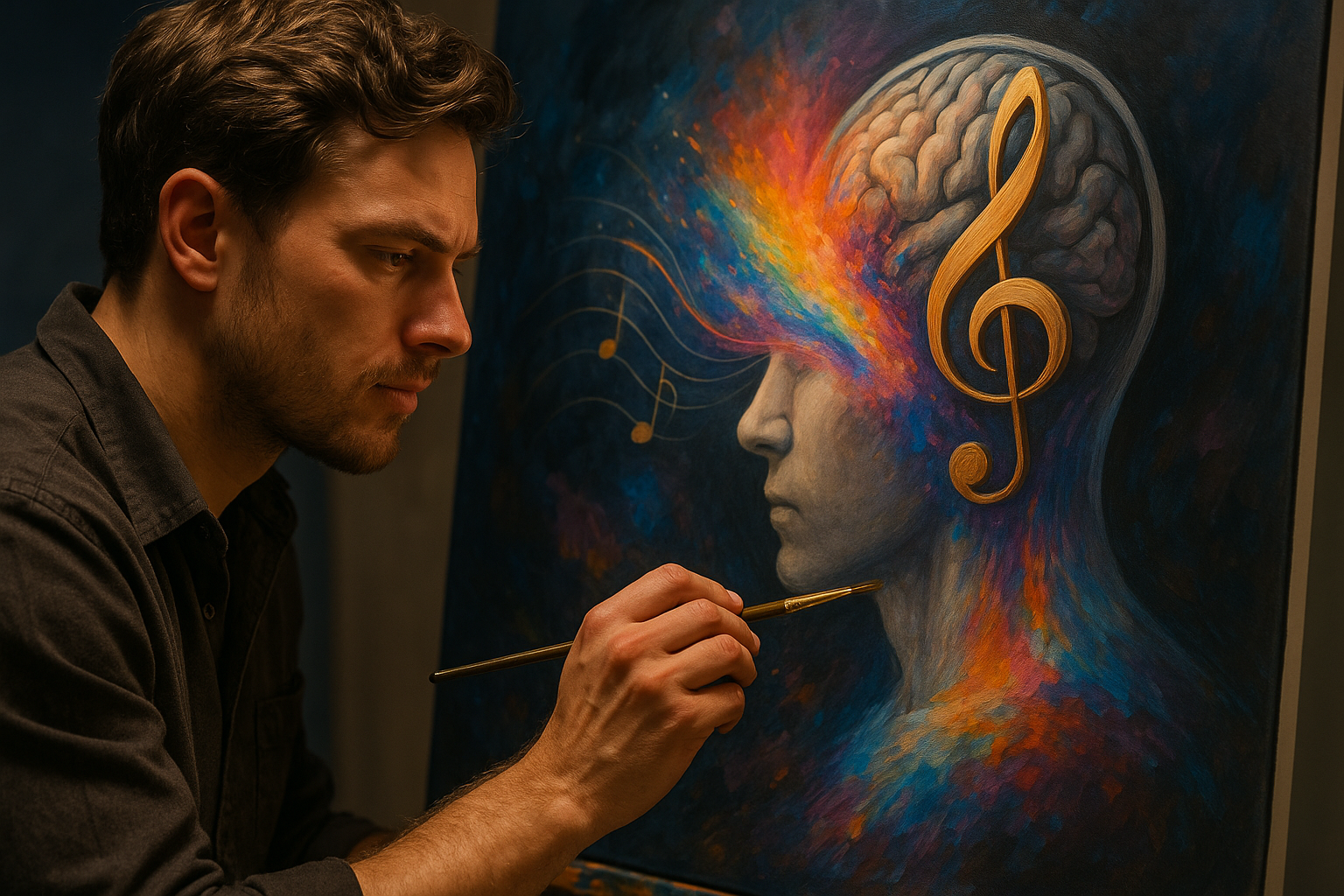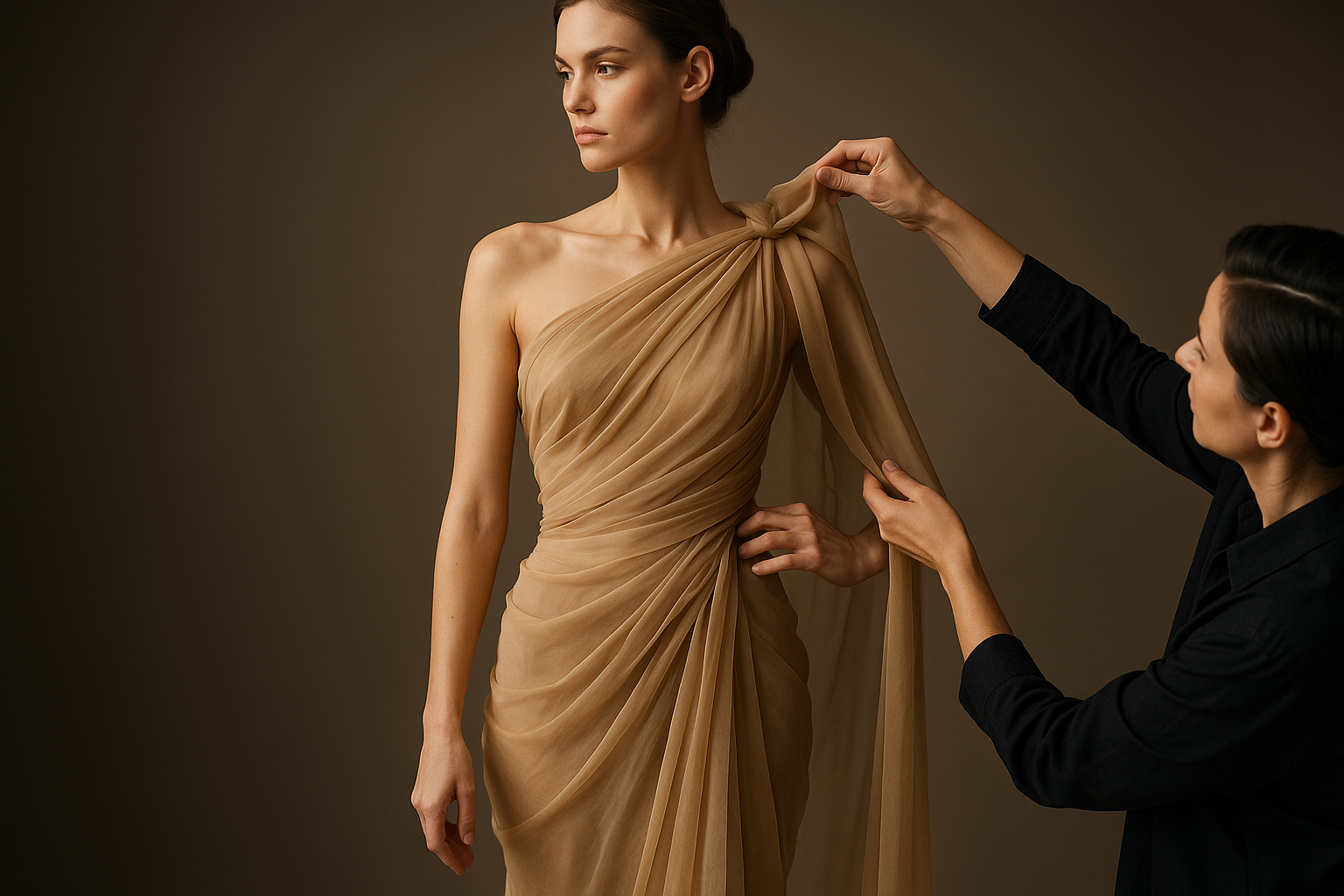Synesthesia in Arts: An Unchartered Terrain of Sensory Fusion
In the vast universe of artistic expression, there's an intriguing phenomenon that remains relatively untapped—the world of synesthesia. Synesthesia is a perceptual phenomenon where stimulation of one sensory or cognitive pathway leads to involuntary experiences in a second sensory pathway. This article will navigate through the history, current explorations, and future implications of synesthesia in arts, offering a fresh perspective in the realm of arts and entertainment.

The Origins: A Colorful Past
Synesthesia has been known to exist since ancient times, but it was first scientifically recognized in the late 19th century. Famous synesthetes, like painter Wassily Kandinsky and composer Alexander Scriabin, used their sensory fusion to create pioneering works. Kandinsky’s paintings, for instance, were meant to be “heard”, blurring the lines between visual and auditory experiences.
Contemporary Exploration: A Symphony of Senses
Fast forward to today, synesthesia in arts is gaining traction. Artists like Neil Harbisson, who hears colors and paints sounds, are revolutionizing the art world. Another compelling case is that of Melissa McCracken, a synesthetic artist who paints music. In McCracken’s vibrant canvases, a guitar solo can be a smear of royal blue, a piano interlude, a splash of ivory and gold. Such works offer an immersive experience, stimulating more than one sense and expanding the boundaries of artistic perception.
The Impact: Seeing Sounds and Hearing Colors
The impact of synesthesia in arts is profound. It challenges the traditional notions of perception, urging both artists and audiences to experience art beyond their primary sensory modality. By doing so, it opens up new avenues for artistic expression and interpretation. Moreover, synesthetic art is not just fascinating—it’s also deeply significant in neuroscientific and psychological contexts, shedding light on our understanding of the human brain and sensory processing.
The Reception: Embracing the Extraordinary
Despite its unconventional approach, synesthetic art has been received with intrigue and admiration. Its unique ability to offer a multisensory experience has struck a chord with audiences, allowing them to engage with art in a more holistic and immersive way. However, it also raises questions about the nature of perception, the subjectivity of experience, and the potential for sensory fusion in all of us.
Future Implications: A New Sensory Language
Synesthesia in arts paves the way for a new sensory language in artistic expression. It invites us to question and expand our sensory boundaries, pushing the envelope on what art can be. With advancements in technology, we can expect to see more interactive and multisensory artworks that encourage us to ‘see’ music, ‘hear’ paintings, and ‘taste’ sculptures. Such explorations will not only redefine our artistic experiences but also enrich our understanding of human perception.
In conclusion, synesthesia in arts is an exciting frontier that offers a fresh, unique perspective in the world of arts and entertainment. It encourages us to break free from our sensory silos and embrace the extraordinary possibilities of sensory fusion. As we delve deeper into this fascinating world, we might just find that the future of art is not just about seeing or hearing—it’s about experiencing.




